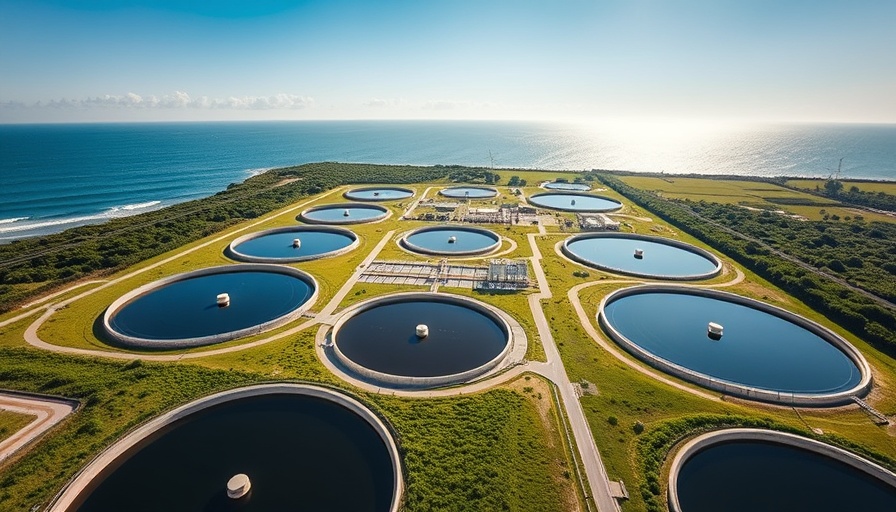
Understanding the Tijuana River Wastewater Crisis
The Tijuana River has long been a subject of concern due to its pollution issues affecting communities on both sides of the border. Overflowing sewage and untreated wastewater have significant implications not only for local ecosystems but also for public health. As the river flows into the Pacific Ocean, it presents risks not only for residents but also for tourist destinations such as San Diego, California.
Collaboration between the US and Mexico
In a decisive move, the United States and Mexico have initiated an expedited plan to address the Tijuana River's wastewater problems. This collaboration underscores the importance of international partnerships in managing shared water resources effectively. The commitment to fund and expedite improvements signals a recognition of the urgency involved in protecting the river's health and, by extension, public health and safety for those living and working nearby.
The Proposed Solutions and Innovations
The solution involves the construction of a new treatment facility that will significantly increase sewage treatment capacity. This facility aims to not just handle spills but also enhance overall wastewater management in the region. Installation of advanced treatment technologies will ensure that the outflow into the river meets safety and environmental standards, reducing harm to the surrounding communities and ecosystems.
Local Impact and Community Insights
Community members have expressed hope that these changes will lead to cleaner waterways. Residents along the border have seen firsthand the negative impacts of pollution. Fishermen and local businesses that rely on clean water for their livelihoods stand to benefit from a healthier Tijuana River. The proposed treatment plan isn't just a technical solution; it has profound social implications as well. Improved water quality may revive local fish populations and boost tourism.
Future Trends and Opportunities in Water Management
As more attention is drawn to such environmental issues, there will likely be increased funding and investment into sustainable water management practices. This sets a precedent for similar future collaborations, perhaps inspiring other border regions wrestling with similar challenges. Contractors and home service professionals might find new opportunities as communities prioritize upgrades and maintenance of local infrastructure.
Embracing Innovative Technologies
Technological advancements are playing a critical role in this project. Smart water management systems capable of real-time monitoring and data collection will be integrated to optimize the distribution of water resources and to quickly respond to environmental concerns. As innovations develop, they will redefine the ways municipalities approach wastewater management and resource sustainability.
Conclusion: A Call to Action for Involvement
This rapid initiative represents a significant step toward resolving the Tijuana River’s pollution crisis, but continued community and contractor involvement is essential. Home service professionals should educate themselves about water management technologies and regulatory changes in light of this collaboration. Together, we can strive for a healthier and cleaner environment, not just in Tijuana but globally.
 Add Row
Add Row  Add
Add 




Write A Comment